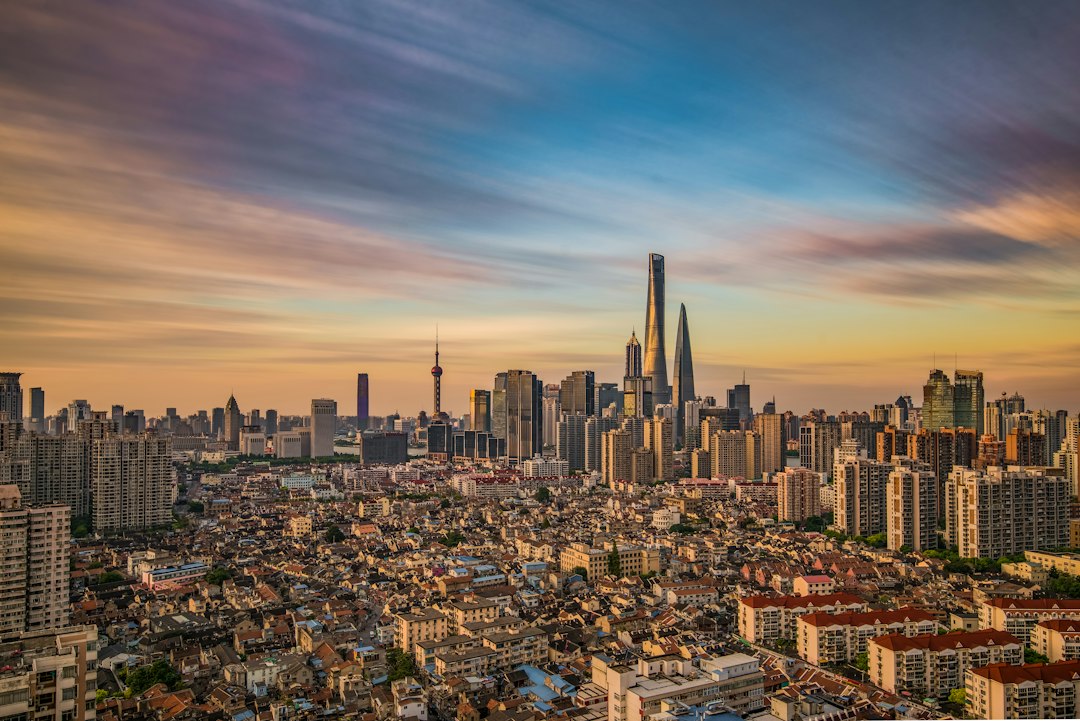Exploring Shanghai’s Old Town: Yu Garden, City God Temple, and More
Shanghai, the bustling metropolis on China’s eastern coast, is famous for its modern skyscrapers, glitzy shopping malls, and vibrant nightlife. However, amidst the contemporary cityscape lies an enchanting old town that is rich in history and culture. In this blog post, we’ll take a closer look at Shanghai’s old town and some of its must-visit attractions, including the Yu Garden and City God Temple.
Shanghai’s old town, also known as Nanshi, is a maze of narrow alleyways, traditional houses, and historic landmarks. It offers a stark contrast to the city’s modern skyline and provides a glimpse into Shanghai’s past. As you wander through the winding streets, you’ll discover traditional shops selling local specialties, small eateries serving delicious street food, and picturesque courtyards that make you feel like you’ve stepped back in time.
One of the highlights of Shanghai’s old town is the Yu Garden, a beautiful classical Chinese garden that dates back over 400 years. This meticulously designed garden covers an area of 2 hectares and is divided into six main sections, each with its unique landscape and features. As you explore the garden, you’ll encounter scenic ponds, intricately carved rockeries, pavilions, and ancient trees. The exquisite architecture and serene atmosphere make it a perfect escape from the bustling city outside.
One of the most iconic features of the Yu Garden is the Zigzag Bridge, a stone bridge that zigzags across a tranquil pond. Legend has it that evil spirits can only travel in straight lines, so the bridge’s zigzag design prevents them from crossing over to the garden. Whether you believe in legends or not, walking across this enchanting bridge is a unique experience that shouldn’t be missed.
Adjacent to the Yu Garden is the City God Temple, a 600-year-old Taoist temple that serves as a place of worship, cultural heritage, and tourist attraction. The temple complex consists of several halls, pavilions, and courtyards, each dedicated to a different deity or purpose. The elaborate decorations, vibrant colors, and intricate wood carvings on the temple’s buildings are a testament to China’s rich architectural heritage.
Inside the City God Temple, you’ll find a bustling market area known as Yuyuan Bazaar. This vibrant marketplace is a paradise for shoppers, offering a wide range of souvenirs, traditional crafts, antiques, and local snacks. Whether you’re looking for a handmade silk scarf, a porcelain teapot, or a freshly made batch of xiaolongbao (steamed soup dumplings), you’ll find it all here. Be prepared to haggle with the vendors, as bargaining is a common practice in Chinese markets.
While the Yu Garden and City God Temple are the main attractions of Shanghai’s old town, there is much more to explore in this historic neighborhood. As you venture further into the small lanes, you’ll stumble upon hidden gems such as the Huxinting Teahouse, known for its exquisite tea selection and serene ambiance. This traditional teahouse is a perfect place to take a break, sip some tea, and soak in the nostalgic atmosphere of old Shanghai.
Another notable landmark in the area is the Shanghai Confucius Temple, dedicated to the ancient Chinese philosopher Confucius. This well-preserved temple complex provides insights into Confucianism, an integral part of Chinese culture and values. Visitors can explore the various halls, pavilions, and gardens, and even witness traditional ceremonies and cultural performances if they’re lucky.
In conclusion, Shanghai’s old town is a treasure trove of history, culture, and charm. Visiting the Yu Garden, City God Temple, and other attractions in this neighborhood is like taking a step back in time, immersing yourself in Shanghai’s rich heritage. So, next time you find yourself in this bustling metropolis, make sure to set aside some time to explore the old town and discover the hidden gems it has to offer.
